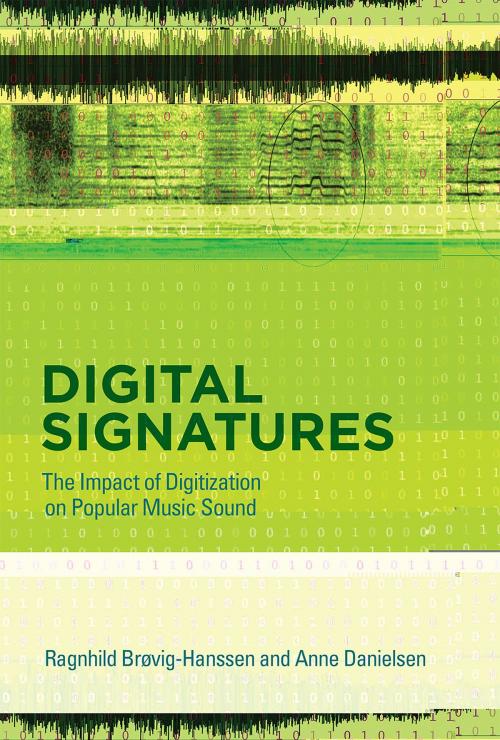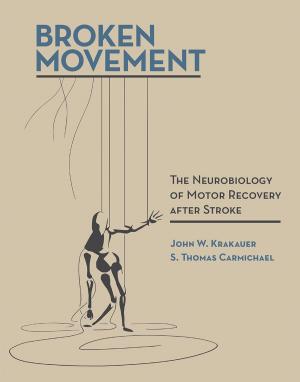Digital Signatures
The Impact of Digitization on Popular Music Sound
Nonfiction, Science & Nature, Technology, Acoustics & Sound, Entertainment, Music, Business & Technical, Recording & Reproduction| Author: | Ragnhild Brøvig-Hanssen, Anne Danielsen | ISBN: | 9780262334457 |
| Publisher: | The MIT Press | Publication: | February 26, 2016 |
| Imprint: | The MIT Press | Language: | English |
| Author: | Ragnhild Brøvig-Hanssen, Anne Danielsen |
| ISBN: | 9780262334457 |
| Publisher: | The MIT Press |
| Publication: | February 26, 2016 |
| Imprint: | The MIT Press |
| Language: | English |
How sonically distinctive digital “signatures”—including reverb, glitches, and autotuning—affect the aesthetics of popular music, analyzed in works by Prince, Lady Gaga, and others.
Is digital production killing the soul of music? Is Auto-Tune the nadir of creative expression? Digital technology has changed not only how music is produced, distributed, and consumed but also—equally important but not often considered—how music sounds. In this book, Ragnhild Brøvig-Hanssen and Anne Danielsen examine the impact of digitization on the aesthetics of popular music. They investigate sonically distinctive “digital signatures”—musical moments when the use of digital technology is revealed to the listener. The particular signatures of digital mediation they examine include digital reverb and delay, MIDI and sampling, digital silence, the virtual cut-and-paste tool, digital glitches, microrhythmic manipulation, and autotuning—all of which they analyze in specific works by popular artists.
Combining technical and historical knowledge of music production with musical analyses, aesthetic interpretations, and theoretical discussions, Brøvig-Hanssen and Danielsen offer unique insights into how digitization has changed the sound of popular music and the listener's experience of it. For example, they show how digital reverb and delay have allowed experimentation with spatiality by analyzing Kate Bush's “Get Out of My House”; they examine the contrast between digital silence and the low-tech noises of tape hiss or vinyl crackle in Portishead's “Stranger”; and they describe the development of Auto-Tune—at first a tool for pitch correction—into an artistic effect, citing work by various hip-hop artists, Bon Iver, and Lady Gaga.
How sonically distinctive digital “signatures”—including reverb, glitches, and autotuning—affect the aesthetics of popular music, analyzed in works by Prince, Lady Gaga, and others.
Is digital production killing the soul of music? Is Auto-Tune the nadir of creative expression? Digital technology has changed not only how music is produced, distributed, and consumed but also—equally important but not often considered—how music sounds. In this book, Ragnhild Brøvig-Hanssen and Anne Danielsen examine the impact of digitization on the aesthetics of popular music. They investigate sonically distinctive “digital signatures”—musical moments when the use of digital technology is revealed to the listener. The particular signatures of digital mediation they examine include digital reverb and delay, MIDI and sampling, digital silence, the virtual cut-and-paste tool, digital glitches, microrhythmic manipulation, and autotuning—all of which they analyze in specific works by popular artists.
Combining technical and historical knowledge of music production with musical analyses, aesthetic interpretations, and theoretical discussions, Brøvig-Hanssen and Danielsen offer unique insights into how digitization has changed the sound of popular music and the listener's experience of it. For example, they show how digital reverb and delay have allowed experimentation with spatiality by analyzing Kate Bush's “Get Out of My House”; they examine the contrast between digital silence and the low-tech noises of tape hiss or vinyl crackle in Portishead's “Stranger”; and they describe the development of Auto-Tune—at first a tool for pitch correction—into an artistic effect, citing work by various hip-hop artists, Bon Iver, and Lady Gaga.















